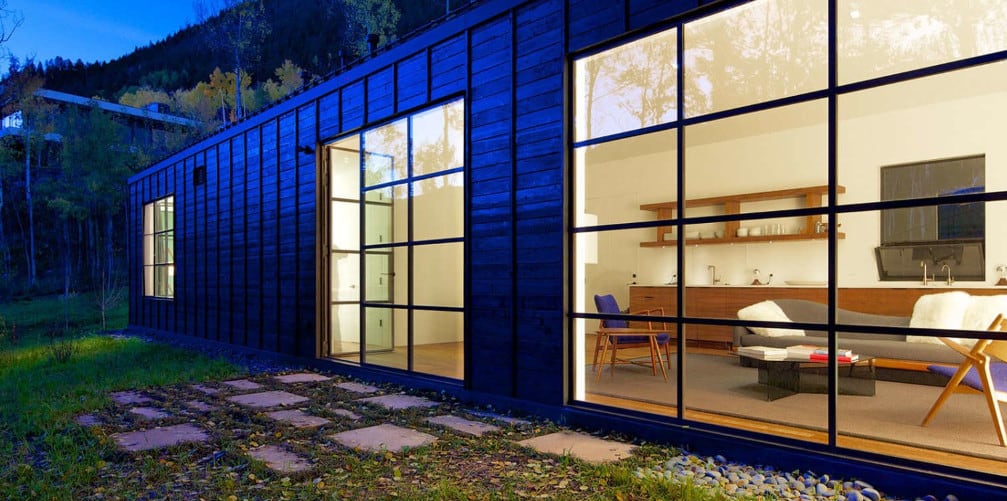Table of Contents
Glass has been used since ancient times. Its origin dates back to the time known as Stone Age. Generally, the earliest objects made of glass include scarabs and beads.
Existing evidence indicates the presence of sophisticated methods, such as wound and core formed, dating back to 2340 BC to 2180 BC were used in areas around Russia. These methods were also used in Egypt.

The natural form of glass is green or blue in color. The coloring is as a result of iron impurities in the sand where glass is found.
Glaziers often alter the natural color by adding various mineral oxides and metallic compounds to the glass while in a liquid state upon heating it.
Glass in liquid form can be molded into different forms like the modern fiberglass. Fiberglass consists of glass fibers that are interconnected with silk-based fibers.
Ancient Egyptians discovered the techniques of altering the green/blue natural glass color. They also used glass blowing techniques to create various glass objects like bottles and jars.
The popularity of glass grew as its trade spread to the great Roman Empire, Scandinavia, China, and the rest of the world.
Glazier, after its creation, continued to grow and was recognized as a trade in the 1500 BC era. This was due to its popularity and growing demand with its unique appearance and versatility.
Later on, Germany discovered new techniques of making glass panes around in the Eleventh Century. They blew hot glass into spheres and swung them to form cylindrical shapes. This would be followed by flattening the cylindrical sheets.
Manufacture of glass was perfected with time. Glass windows started being made in the thirteenth century. This led to a further expansion of the glass industry.
Different stages of manufacture including design, cutting and installation, not forgetting glass repair, means that almost the entire world has contributed significantly towards this industry through residential and commercial glazing needs. In addition, other uses of glass like visual aids are of extreme importance today.
Glazing has a very promising future. Its use is still expanding. For instance, using glass as fiber is still in the early stages of experimentation.
New technologies are allowing glass to be intertwined with different materials to form technologically advanced glass products.
Related Articles
A Guide on Glazing a Single Pane Window
A Guide on Reglazing Glass Windows
Tips for Emergency Window Glazing Service





